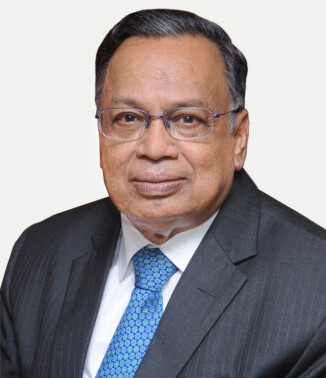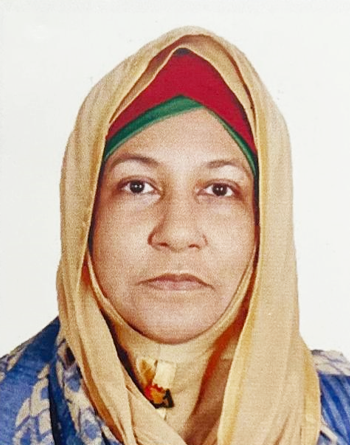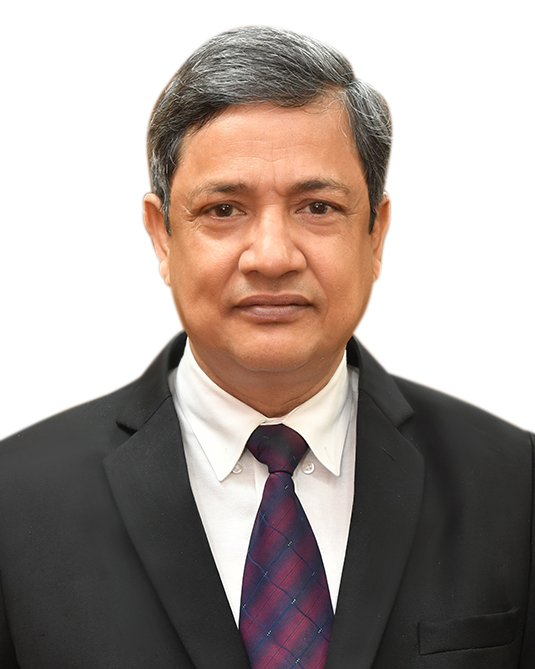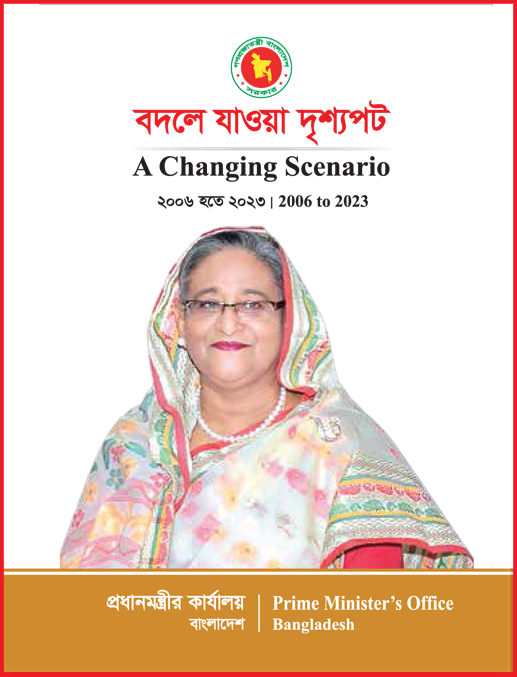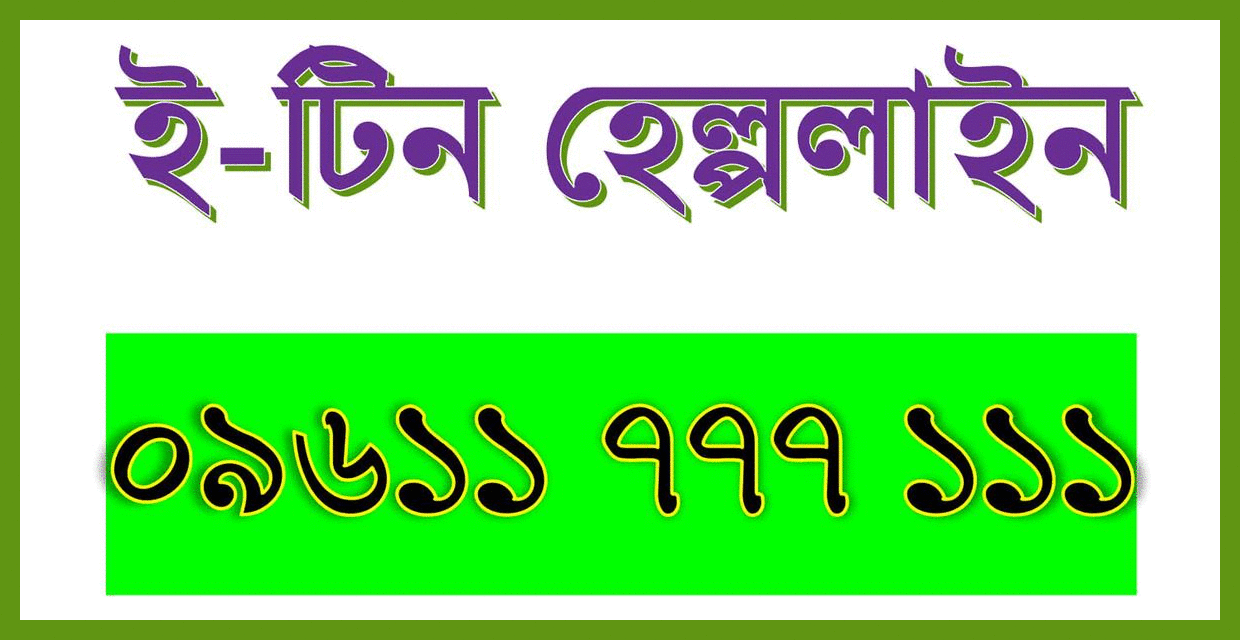7th Five Year Plan (Final Draft)
Bangabandhu Sheikh Mujibur Rahman the father of the nation, dreamt of a ‘Shonar Bangla’ where the common citizens of the country live in prosperity and have equitable access to quality education, healthcare, rule of law and employment opportunities. The Awami League-led alliance resurrected that dream in its election manifesto ‘Charter for Change’ in 2008 with the oclamation of Vision 2021 to drive the country’s sustainable development agenda by striking the right balance between equitable national economic progress and human development. For the first time in the country’s history, such a comprehensive and audacious vision, steeped in self-reliance, to reach middle-income status by the 50th anniversary of the nation was presented to the people. This vision greatly resonated with the aspirations of the people and received overwhelming support in the 2008 national elections.
The boldness of vision embodied by the dynamic leadership of Prime Minister Sheikh Hasina permeated to different tiers of government and society, and galvanized widespread collaboration and unprecedented innovation to fast track the country’s rate of development. In the last 7 years, Bangladesh has established a new development paradigm through its novel approach to socioeconomic development which is high-growth and yet inclusive, self-dependent and yet collaborative, respectful of heritage and yet opportunistic in its use of new technologies. The country has moved up to low middle income status but, more importantly, by human development indicators, achieved a level of development commonly predicted for twice its per capita income.
A Perspective Plan (2010-2021) and two five year plans, 6th (2011-2015) and 7 th (2016- 2020), were to implement Vision 2021. The 6th Five Year Plan (FYP) moved the nation from the somewhat investment-driven and resource dependent framework to a broader socio-economic transformation vision, unifying the various state and non-state actors with specific milestones and complementary roles. The ambitious plan was anchored around courageous entrepreneurship by the government, complementary efforts of the non-state actors, and innovation by the people. The goals that the government set for itself and the people were far beyond those of any previous administration. Its implementation was characterized by truly visionary top-down policy making, complemented by robust bottom-up development. Contextualized R&D was introduced in critical sectors like agriculture, health, education, financial inclusion, science and technology. The whole government machinery was mobilized and its psyche re-engineered to be innovative in enlarging the resource envelop and co-creating strategic solutions to national problems. Such ‘out of the box thinking’ supported by entrepreneurial initiatives have paid handsome dividends in terms of social inclusion, human and infrastructural development.
The sheer audacity and inspirational leadership demonstrated by the government – embodied by bold decisions such as continuing with the construction of the Padma Bridge despite myriad challenges – has invigorated people’s hopes, aspirations and self-belief and effectively raised the frontiers of the country’s growth. In 2015, as the 6th FYP draws to a close, Bangladesh has accelerated the pace of socioeconomic transformation – in many instances surpassing its targets
- even in the backdrop of a global recession during this period. In that respect, Bangladesh is a development outlier’ to its credit. The 7th FYP has been formulated with full recognition that the ‘outlier’ phenomenon is not merely a blip on the development path but rather a sustainable occurrence chartering a new development trajectory. Lauded as a ‘Development Surprise’ by prominent international media, Bangladesh has emerged as a shining example for countries throughout the world as it continues to defy traditional, linear development models and innovate a novel, alternative pathway for socioeconomic progress.


.jpg)


